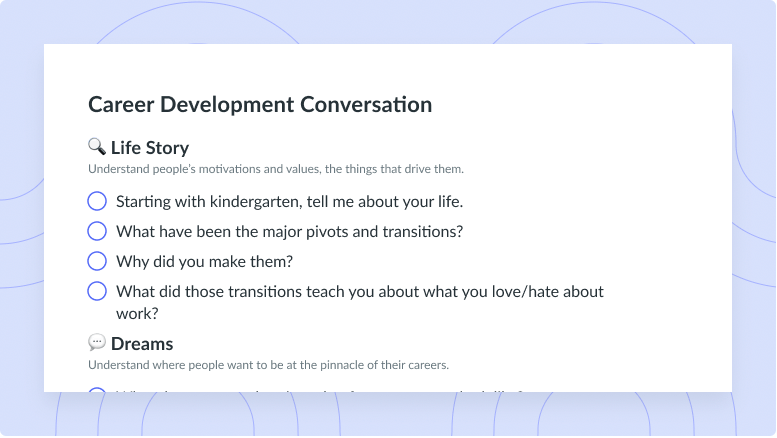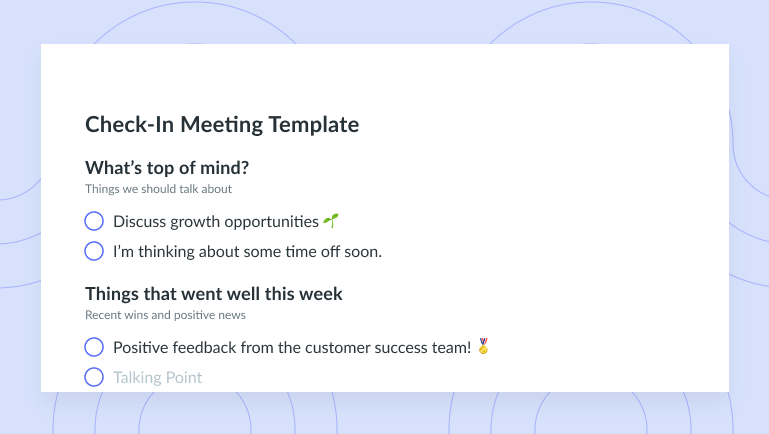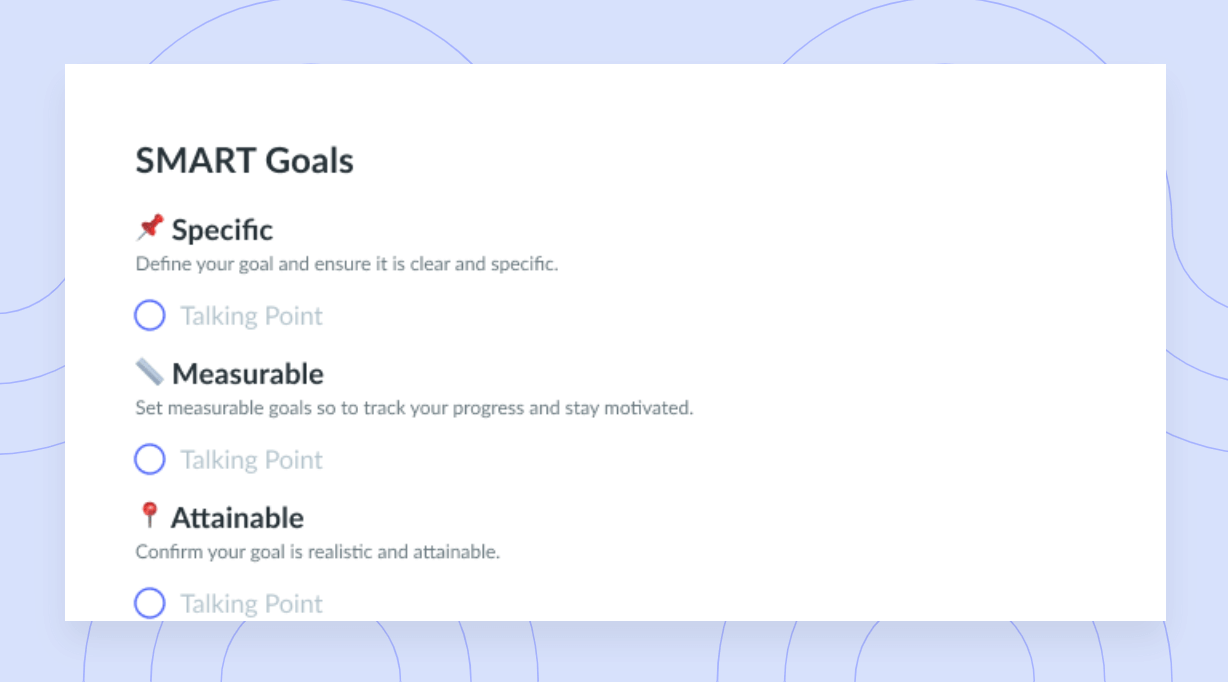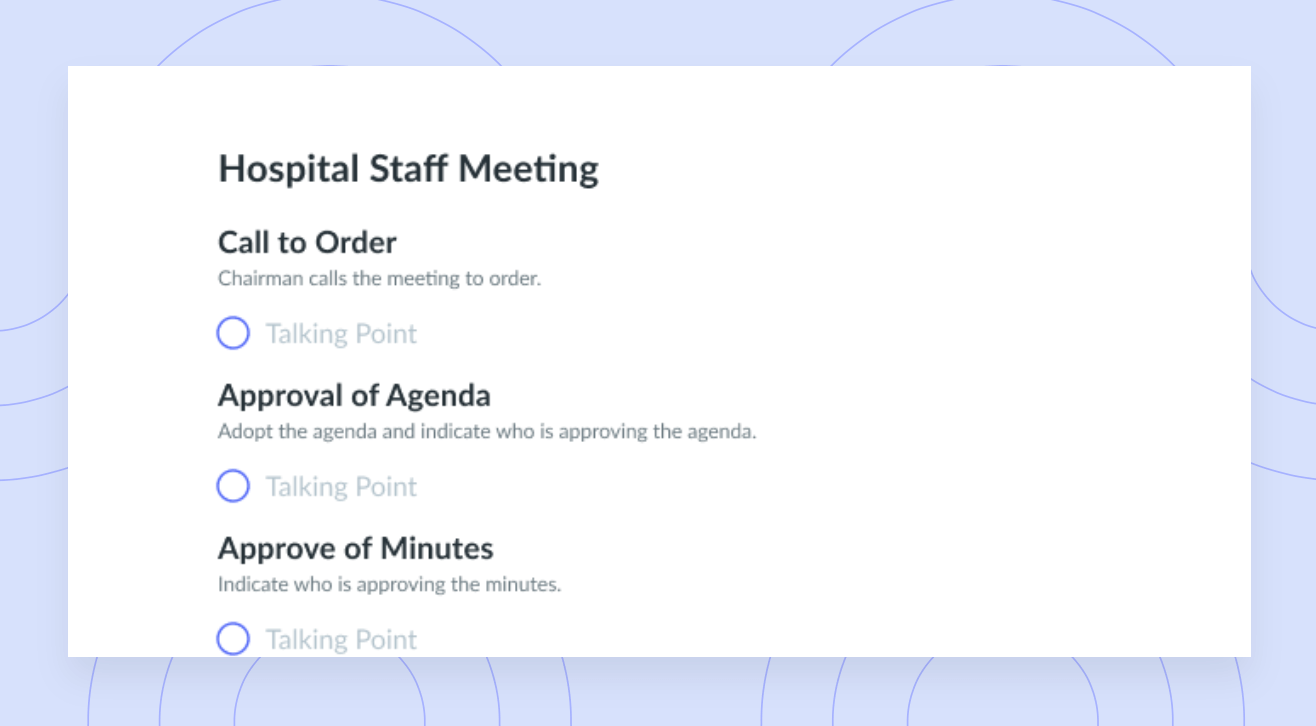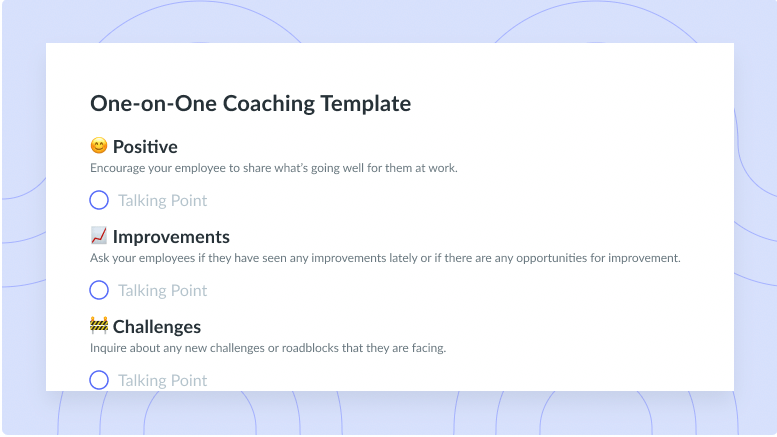Elon Musk’s 6 Rules for Maximized Productivity and Success
Follow Elon Musk’s six rules of productivity to help you get to your goals faster! Plus, get six bonus productivity hacks Elon Musk uses.
We’ve all been through the days of feeling burned out and exhausted and seeing that there’s still more to do. And then you start thinking to yourself, “but how would anyone else manage this much stuff on their plate?”
Here, we’re taking a look at one of the world’s busiest guys: Elon Musk! And we’ll show you Elon Musk’s six rules of productivity that allow him to continue producing successful businesses so you can too!
- Who is Elon Musk?
- How does Elon Musk stay so productive?
- Elon Musk’s six rules of productivity
- 6 bonus productivity hacks Elon Musk uses
Who is Elon Musk?
Elon Musk is famously known for his work as the CEO at both Tesla and SpaceX—two innovative companies that are finding new ways to transport people around—even to space! And recently, he’s become the CEO of Twitter as well. Musk is a serial entrepreneur who has been incredibly successful at finding gaps in the market and building creative solutions to grow his revenue and reputation. Today, his net worth is almost $194.8 billion, making him the second richest man in the world.
How does Elon Musk stay so productive?
How does someone with several multi-billion dollar companies stay on top of it all? Well, beyond having employees and specialists to help execute his ideas, he also operates his life on six rules of productivity. These are all designed with the purpose of maximizing efficiency, limiting time-wasting activities, and generating creative solutions fast.

Take control of your meetings
Collaborate on meeting notes, foster accountability with action items, and grow with meaningful feedback. Try Fellow today!

Elon Musk’s six rules of productivity
- Avoid larger meetings
- Get rid of frequent meetings
- Leave when you aren’t adding value
- Avoid acronyms
- Communicate directly
- Follow the logic, not rules
1Avoid larger meetings
Hosting really large meetings welcomes more decision-makers and opinions to the table. When you’re trying to come to an agreement or discuss a complex topic, you’ll find it takes much longer with more people involved. Instead, opt to have smaller meetings with only the necessary stakeholders. To keep others informed, consider recording the meeting and sharing it with them after. Or, allow non-attendees to submit their thoughts ahead of time so the meeting attendees can still hear their perspectives.
2Get rid of frequent meetings
Choosing the right meeting frequency is an important part of ensuring each of your meetings has a purpose. If your meetings are too frequent and you find you’re not able to use the time in the meeting to the full extent, consider increasing the time between meetings. This way, when the next meeting comes up, there will be a sufficient list of talking points to make the meeting time worthwhile.
3Leave when you aren’t adding value
Many meetings have multiple talking points, time for presentations, and more. It’s quite possible that not all areas of the meeting agenda apply to you. In this case, consider jumping into the meeting when you’re needed and then leaving after that part is done. Not only does this maximize how much time you can spend on productive activities, but it also minimizes how many participants are on the call at one time.
Similarly, think of any recurring meetings that you’re attending where you join the call but don’t contribute much. Ask yourself if there’s a way that you could positively contribute to the call. If not, consider spending that time on something more productive and then read the meeting notes after the call if you want to stay informed.
4Avoid acronyms
Every industry and niche has a long list of acronyms they use because they feel like it helps speed things up. In reality, this isn’t true. New employees, vendors, stakeholders, and anyone else who isn’t super familiar with your operations will be left confused by all the acronyms tossed around. Help mitigate the possibility of misinterpretation by spelling out your acronyms. Or better yet, condense long titles into something short, clear to their purpose, and easily memorable.
5Communicate directly
Avoid playing a game of “he-said-she-said,” and talk straight to the source wherever possible. On top of that, communicating directly means avoiding fluff or “beating around the bush” when you talk. Making your needs and expectations extra clear helps projects move in the right direction and makes it much more likely that you’ll end up with the result that you imagined. Another thing to consider is speaking up about questions or doubts. Though, to successfully build this type of communication culture, your company also needs to foster a psychologically safe environment.
6Follow the logic, not rules
The rules and processes you’ve built were for a specific purpose. But over time, your business needs evolve, and so your processes should, too. For example, your team might operate differently, or there might be other stakeholders involved. Avoid delaying progress by waiting for a process or rule to allow you to move forward. Instead, move forward in the direction that makes sense (also given that it aligns with the company’s strategic objectives and key results).
6 bonus productivity hacks Elon Musk uses
- Find your MIT and tackle it first
- Use the feedback loop
- Leverage asynchronous communication
- Be direct in your emails
- Batch tasks
- Embrace stretch goals
1Find your MIT and tackle it first
Define your most important task (MIT). This could be the one task that’s holding up the rest of the project, the task with the most potential return on investment (ROI), or simply a task that will give you the information you need to move forward. Without completing this task first, the rest of your project won’t be nearly as successful.
2Use the feedback loop
The feedback loop is a way for two parties to communicate more effectively. In this system, the parties take turns regularly providing constructive, positive feedback to the other, to help them improve on their most recent work. Usually, feedback loops are done on a regular cadence, such as in one-on-one meetings or sprint retrospectives, but they can be done between employees and managers, or even between customers and product teams, too!
The great thing about feedback is that it reminds you of areas where you can improve (after all, no one’s born perfect). Elon Musk’s way of teaching others how to develop a growth mindset from learning was by saying, “You should take the approach that you’re wrong. Your goal is to be less wrong.”

3Leverage asynchronous communication
Companies that work in multiple time zones or schedules might already be looking into asynchronous communication techniques. For example, with Fellow, you can post meeting talking points into an agenda, share the agenda with your team, and have team members add feedback or notes to the document as soon as they’re available. Basically, you reap the benefits of having a meeting without actually meeting at the same time.
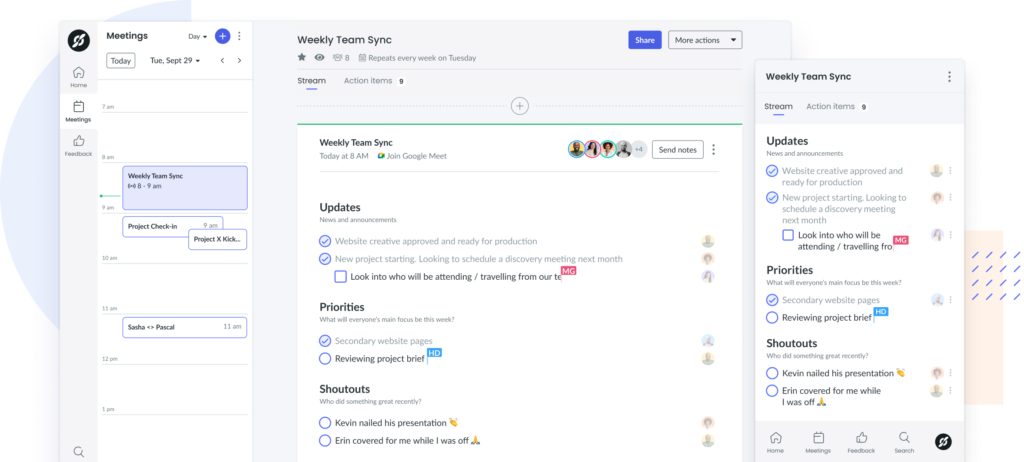
4Be direct in your emails
No one wants to sit down and read a lengthy email—not in the morning, not in the afternoon, not ever. If there’s any way to keep your email concise, do so. Shorter emails catch your reader’s attention right away, communicate the essential points simply, and have a clear request for an action item or follow-up response. This concision is important so your reader gets the right information and can action it appropriately.
5Batch tasks
While it may seem more productive to work for as long as possible, did you know you’re actually less effective at your job if you don’t take breaks? Taking some time between tasks allows you to change your environment, go for a walk, get some water, take a bathroom break, or just get a bit of movement into your day. The Pomodoro Technique is one approach to batching tasks so you’re adding breaks into your work structure. You’ll find yourself bringing more creativity, efficiency, and energy into your projects!
6Embrace stretch goals
It’s a tricky balance to find a goal that offers just the right amount of challenge. Stretch goals will push you just a bit further than what you think is achievable. Because often enough, we actually can do much more than we believe! As Elon Musk put it: “The first step is to establish that something is possible; then probability will occur.” Through using stretch goals, you can set realistic goals for yourself, while also allowing yourself to prove that you can do even more if you set your mind to something.
Parting advice
The greatest thing about Elon Musk’s six rules of productivity is how applicable they are to anyone, in any department or role! Wherever you can, continually be on the lookout for opportunities to save time without diminishing the quality of your work. If you’re looking to take it one step further, reach out to your team or a manager who might want to practice these rules with you as a team effort. Feeling like you’re in it together with another person can help you stay accountable and find new areas to be even more productive!






![Quarterly Planning: Ultimate Guide for 2024 [+Free Template]](https://fellow.app/wp-content/uploads/2023/03/GUIDETO-QUARTERLY-PLANNING2.jpg)

![The 5/25 Rule: How to Apply It [+ Example]](https://fellow.app/wp-content/uploads/2023/05/The-525-Rule2.jpg)

